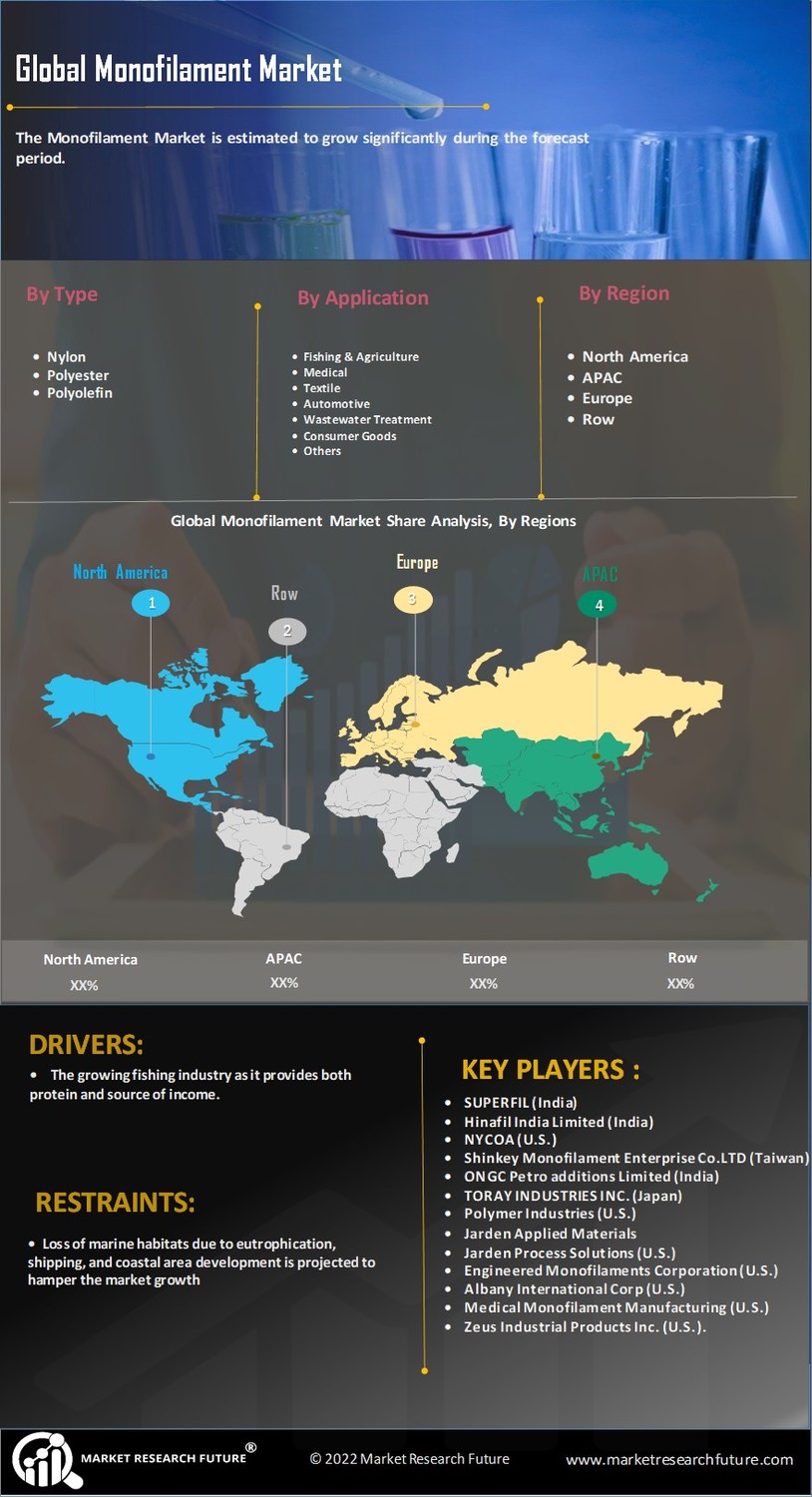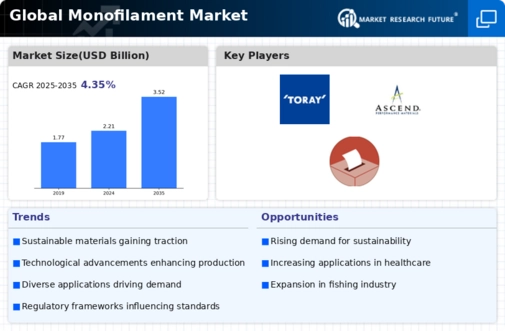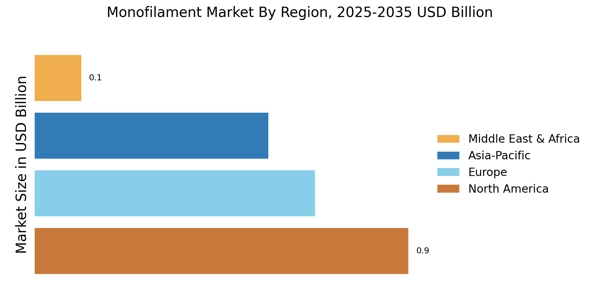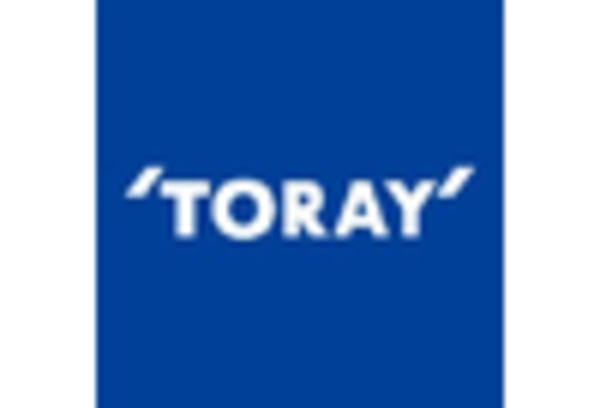Leading market players are investing heavily in research and development in order to expand their product lines, which will help the Monofilament Market grow even more. Market participants are also undertaking a various strategic activities to expand their footprint, with important market developments including new product launches, contractual agreements, mergers and acquisitions, higher investments, and collaboration with other organizations. To expand and survive in a more competitive and rising market climate, the Monofilament industry must offer cost-effective items.
Manufacturing locally to minimize operational costs is one of the key business tactics used by manufacturers in the Monofilament industry to benefit clients and increase the market sector. In recent years, the Monofilament industry has offered some of the most significant advantages to the industries. Major players in the Monofilament Market, including Toray Industries Inc., Itochu Corporation, Ascend Performance Materials, NTEC, ABC Polymer Industries LLC, Suprfil Products Ltd, Perlon Monofil GmbH, Ashley Polymers Inc, Hinafil India Ltd, Engineered Monofilament Market Co. Ltd, and others, are attempting to increase market demand by investing in research and development operations.
Toray Industries Inc, headquartered in Japan, is a multinational corporation specializing in industrial products using technologies in organic synthetic chemistry, biochemistry, and polymer chemistry. The company also serves pharmaceuticals, biotechnology, research and development, reverse osmosis big membrane, medical products, electronics, IT products, and many more. Currently, it's the largest producer of carbon fiber and Japan's leading producer of synthetic fiber. In February 2018, the company declared the acquisition of a 350,000-square-meter business site in Sri City, India.
This site is important for the company's advanced materials business, and it plans to invest more actively in management resources and utilize it as the operation base, keeping in mind the domestic demand in India and targeting South Asia in different business fields, where the requirement is anticipated to increase with time.
Itochu Corporation is a Japanese corporation based in Osaka and Tokyo. It is one of the leading Japanese sogo shosha, which is a general trading and investment company, distinguished by the strength of its business of textiles and its successful operation of the business in China. It was ranked 72nd on the Fortune 500 Companies 2020 list, with a yearly trading revenue of 100 billion dollars. In February 2021, Aquafil SPA and Itochu Corporation introduced a strategic alliance for promoting and spreading the circular nylon production section.
The company aims for a more sustainable future by opting for sustainable practices in the recovery of nylon waste to the creation, manufacture, and sale of ECONYL nylon products.


















Leave a Comment